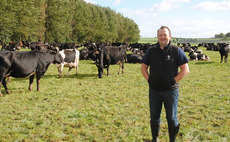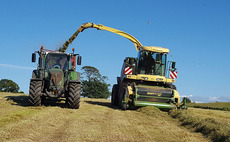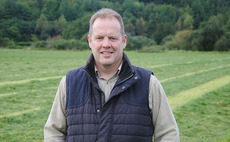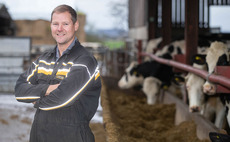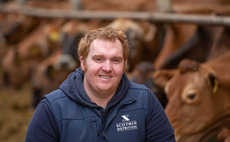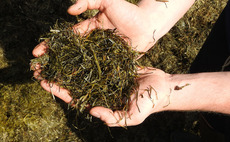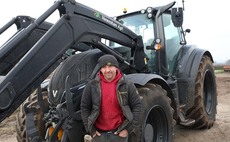silage
Dairy
Taking the time to knock out seedling weeds in a new grass reseed will substantially reduce the likelihood of them returning at a later date and safeguard investment.
Dairy
It is time to rethink herbicide timings and prioritise an autumn application when weed control could be more effective than in spring.
Dairy
Whether it is timings of slurry application, tyre size or how machinery travels on grassland, everything is designed to prevent soil compaction at Warnockland Farm, Ayrshire.
Dairy
With some key clover-safe sprays set to disappear from the market this year, a new herbicide mix could provide farmers with an effective solution for controlling weeds in clover swards.
Dairy
Growing lucerne to reduce reliance on bought-in protein is part of one Leicestershire farm’s strategy to create a more sustainable farming system.
Dairy
Cutting grass at the optimum stage and applying a silage additive are just some of the reasons one all-year-round housed herd is producing nearly 50% milk from forage.
Dairy
Applying a silage additive to multi-cut grass silage can help create a more stable fermentation and cut dry matter losses in the clamp by half, according to recent trial work.
Dairy
Reduced fertiliser costs and more milk solids means including clover in the sward could bring a benefit worth £215 per hectare, according to Irish research.
Dairy
Thinking about what fertilisers are used and how they are applied could help farmers get ahead of the curve and reduce ammonia emissions before regulations are introduced.
Machinery
Accurate weighing of loads is a useful bonus for contractors and merchants moving a variety of materials with a tractor loader, as one Devon contractor is finding with Quickes latest automated system. Jane Carley reports.
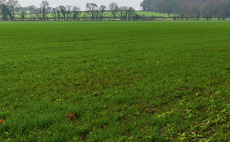
 17 February 2020
•
3 min read
17 February 2020
•
3 min read
